Skin care has played an important role for as long as humanity has existed. Even in ancient Egypt, beautiful women like Cleopatra worked to maintain their youthful-looking, fresh skin. But even today we are in no way inferior to the beauties of times long past. On the contrary - we have long known that beauty and cosmetics no longer only affects women, but also men.
Face masks are among the most popular care products. They are applied quickly, have a short exposure time during which you can concentrate on other important things and leave skin radiant and fresh-looking after removal. However, ready-made face masks from the drugstore are usually full of preservatives, perfumes and are very expensive.
We reveal how you can make the perfect face masks at home, which types of masks are suitable for which skin type and how best to apply the DIY face masks for maximum wellness effect.

The perfect face mask
Our skin is the largest organ in our body, so it should be given special attention and care. Environmental influences, diet or even stress can strain the skin and take away its shine. Homemade face masks are therefore perfect for regenerating and revitalizing tired and sagging skin.
Most of the ingredients for the perfect homemade face mask can already be found at home. Typically, various dairy products, types of fruit or honey are used for this. When using home remedies and especially food, you should always make sure that the products are fresh and should only be mixed shortly before application.
Before applying the face mask, the face should be thoroughly cleansed . In order not to put further strain on the skin, a mild cleansing foam, for example, is suitable for this purpose, as it gently removes make-up residue and dirt from the skin. When applying the face mask itself, you should always avoid the eye and lip area, as the skin in these areas is particularly sensitive.
Depending on the active ingredient and tolerability, face masks can usually be left on for between 10 and 30 minutes . To remove the remaining product from the skin, it is best to rinse it off with lukewarm water.
What helps which skin type?
Similar to oral hygiene, people's needs are always individual. Not every face mask is equally suitable for every skin type. In addition, not every face mask achieves the same effects, so the ingredients should also vary depending on the desired result.
Due to different skin types, some basic rules should be followed when using face masks. Rich or particularly greasy ingredients are suitable for particularly stressed, mature and dry skin due to their nourishing effect.
Combination or oily skin, on the other hand, should not be overly greasy with a face mask, but should instead be provided with sufficient moisture. In this case , light masks with low-fat ingredients , such as cucumber masks, are recommended. In addition, ingredients such as aloe vera, healing clay or algae are suitable for homemade face masks for particularly oily skin.
People who struggle with pimples or facial skin prone to blemishes should also avoid ingredients that are too high in fat in the DIY face mask. Instead, some swear by ingredients such as chamomile or healing clay, which are said to have a calming effect.
Different types of masks
There are many different types of masks - nourishing, soothing or moisturizing face masks, masks against skin impurities and many more.
When choosing the ideal DIY face mask, the basic rule is: Depending on your skin type, you should choose the right ingredients for your homemade face mask. In addition, it is advisable to always check the compatibility of the products used . If you experience burning or itching, the mask should be washed off your face immediately to avoid irritation.
Avocado mask
The avocado is a versatile fruit. It is rich in unsaturated fatty acids, vitamins A, B and E and is said to be a particularly good home remedy for itchy skin . The reason for this is their rich ingredients, which are said to be particularly nourishing for dry skin . After use, the skin should be moisturized again and feel beautifully soft and supple, which is why many people swear by the superfood in face masks.
This is how you can make your own avocado face masks:
For the avocado face mask you need the following ingredients:
-
1 half avocado
-
1 tablespoon organic honey
-
1 tablespoon yogurt
Preparing the avocado mask is quite straightforward:
-
First, half the avocado must be mashed with a fork.
-
The remaining ingredients can then be added to the avocado and mixed.
-
Now a thin layer can be applied to the cleansed face. Leave the DIY mask on for 10 to 15 minutes and wash off with lukewarm water.
-
Complete!
Mask with cucumber
Another mild facial mask is the cucumber mask. It is said to be particularly suitable for oily skin as it moisturizes the skin without clogging the pores with greasy ingredients. In addition, cucumbers are said to have an anti-inflammatory and healing effect on skin impurities and neutralize the pH value of the skin.
This is how you can make cucumber face masks yourself:
The following ingredients are required for the cucumber mask:
-
1 half cucumber
-
2 to 4 tablespoons of quark or yogurt
Preparing the moisturizing mask is also uncomplicated:
-
First, half the cucumber must be pureed in the blender.
-
The excess cucumber juice is then strained off.
-
The cucumber juice obtained can now be mixed with the quark or yoghurt.
-
Apply the finished DIY face mask and let it absorb. The remains of the mask should be washed off with water.
-
Complete!
Face mask for a fresh look
Even if you don't have so-called "problem skin", homemade face masks can be beneficial and offer a little break from stressful everyday life.
Caffeine-containing face masks are particularly popular among DIY masks for a fresh and awake complexion of the skin. Coffee should not only have an effect from the inside, but also from the outside.
This is how you can make coffee face masks yourself for a fresh and awake look:
To make the coffee mask you need the following ingredients:
-
5 teaspoons of coffee grounds
-
1 teaspoon honey
-
1 teaspoon olive oil
Preparing the coffee face mask is particularly easy:
-
First mix all the ingredients together. If necessary, another teaspoon of honey can be added to make the mask smoother and easier to apply.
-
The DIY face mask can then be applied to the skin of the face. Avoid the eye and lip area.
-
For a real stimulating effect, you should leave the mask on for around 30 minutes.
-
After the exposure time, the face mask can be rinsed off with water. When removing the mask, you can rub the mask lightly to provide additional peeling.
-
Complete!
Mask against pimples
Skin imperfections such as pimples, blackheads or redness can affect self-confidence. In addition, the inflammation can be quite painful and leave unsightly pimple marks. Healing clay is considered an absolute miracle weapon against impurities on the skin. It is known for its cleansing properties as it removes excess sebum from the skin pores. The home remedy is available in powder form in most drugstores or health food stores.
This is how you can make healing clay face masks for pimples yourself:
Only a few ingredients are needed for the healing clay face mask:
-
2 tablespoons healing clay
-
warm water
The anti-pimple mask can be prepared quickly:
-
First, the healing clay must be mixed with the warm water until a creamy, thick consistency is created.
-
The face mask can then be applied to cleansed skin. Important: Avoid the eye and lip area!
-
After about 20 minutes, the healing clay mask should be completely dry so that it can be washed off with water.
-
Complete!
Apply the face mask correctly
Making your own face masks is child's play with the right ingredients and recipes. However, applying DIY masks is an art in itself. Face masks can only develop their full effect if the skin is adequately prepared by completely removing dirt, sebum and impurities.
With these step-by-step instructions you are guaranteed to be able to apply face masks correctly:
-
First, the skin must be thoroughly cleansed with a mild cleansing gel or cleansing foam and warm water. To ensure that the pores are completely free of makeup, dirt and sebum, a special cleansing brush can be used to assist. Excess skin cells can optionally be removed with a gentle peeling. Using a toner removes any residue and prepares the skin optimally for the face mask.
-
For the second step, the DIY mask should already be mixed. This can now be applied to the facial skin with gentle finger pressure or a special mask brush. Depending on the type of mask, the eye and lip area should be avoided, as these areas of the face are particularly sensitive. Healing clay masks for oily skin should be applied particularly generously in the T-zone, as this is where most pimples and blackheads form. You should be particularly careful with peel-off masks and make sure that no hair is wetted with the gel.
-
After applying the mask, you can devote yourself to important household tasks or enjoy a short break. For a particularly intensive wellness effect, a warm, damp towel placed on the face is suitable.
-
Most face masks need to be left on for about 15 to 30 minutes before removing. Depending on the type of mask, the residue can either be massaged into the facial skin, removed with a facial tissue or cotton pad, or washed off with lukewarm water.
-
After each face mask, the skin should be additionally moisturized. A mild, perfume-free moisturizer that is tailored to the respective skin type is suitable for this. Dry skin usually benefits from a particularly rich cream, while oily skin that is prone to impurities should be moisturized with a water-based facial lotion.
-
Complete!
The interval at which you should apply face masks depends largely on your skin type and the type of mask . As a rule, use once or twice a week is recommended. However, if you have particularly sensitive skin, using it too often could cause irritation. Therefore, you should try to find the optimal rhythm.
Masks for in between
There are the right care products for every skin type. Dry and sensitive skin needs different care ingredients than oily or greasy skin. This principle of skin care also applies to face masks.
A basic distinction is made between two groups of face masks: cream masks and sheet masks. But which of the two are suitable for which skin type?
-
Cream masks: Cream masks have a creamy, rich consistency and are applied directly from the sachet to the skin - similar to a day cream. Even if you want to make face masks yourself, you can often find recipes for so-called cream masks.
In most cases, masks of this type contain a large amount of lipids and moisture, which means that the skin is particularly intensively nourished. In addition, many cream masks can simply be massaged or dabbed into the skin at the end of the exposure time. Cream masks are particularly suitable for people with dry or normal skin type. However, masks of this type may be too rich for oily skin.
-
Sheet masks: In the beauty world, sheet masks are often referred to as “sheet masks”. This is a fleece cloth that is soaked with a serum. With its cutouts, the cloth adapts to almost any face shape and is simply placed on the skin. The care ingredients contained in the serum are released into the skin during the exposure time.
In principle, sheet masks are available for every skin type. When buying such a mask, however, you should pay attention to how it is declared. The descriptions are usually “for dry skin”, “for impure skin” or “for combination skin”. The ingredients of the serum are tailored to the needs of the skin. Sheet masks are therefore suitable for practically everyone as long as the serum does not cause irritation to the skin.
The best foods for a mask
If you want to make face masks yourself, you don't necessarily need a special recipe. Many ingredients that you already have at home can be used for DIY masks.
The following foods are said to conjure up particularly beautiful skin:
-
yogurt
-
Quark
-
protein
-
egg yolk
-
Honey
-
avocado
-
banana
-
lemon
-
Cucumber
-
tomato
-
Apple
-
Yeast
But be careful: The compatibility of the foods should definitely be tested on the skin before they are used in a mask.
FAQ
Are homemade face masks good?
Yes, homemade face masks are sometimes better than the finished products. On the one hand, they do not contain any questionable ingredients. On the other hand, they are cheaper and also cause less waste.
Which face mask really helps?
Masks with healing clay or salicylic acid are particularly popular for reducing sebum production. The healing clay sucks excess sebum out of the pores and can therefore inhibit the development of blockages and inflammation.
What do you need for a face mask?
To make a face mask yourself, you basically don't need any special ingredients. Depending on the mask, different fruits and vegetables as well as dairy products or honey can be used.
What does quark do on the face?
Quark is said to soothe the skin and have both an anti-inflammatory and decongestant effect. The food is therefore said to be particularly suitable for sensitive skin.
Conclusion
Making face masks yourself is not difficult! On the contrary - with just a few ingredients and a few simple steps, the environmentally friendly and natural face mask is ready and can be applied to the skin.
The only important thing is that you know your skin type and use the right ingredients for the mask. The technology also plays a role: the better the face is prepared for the face mask, the better the effectiveness and ultimately the result.

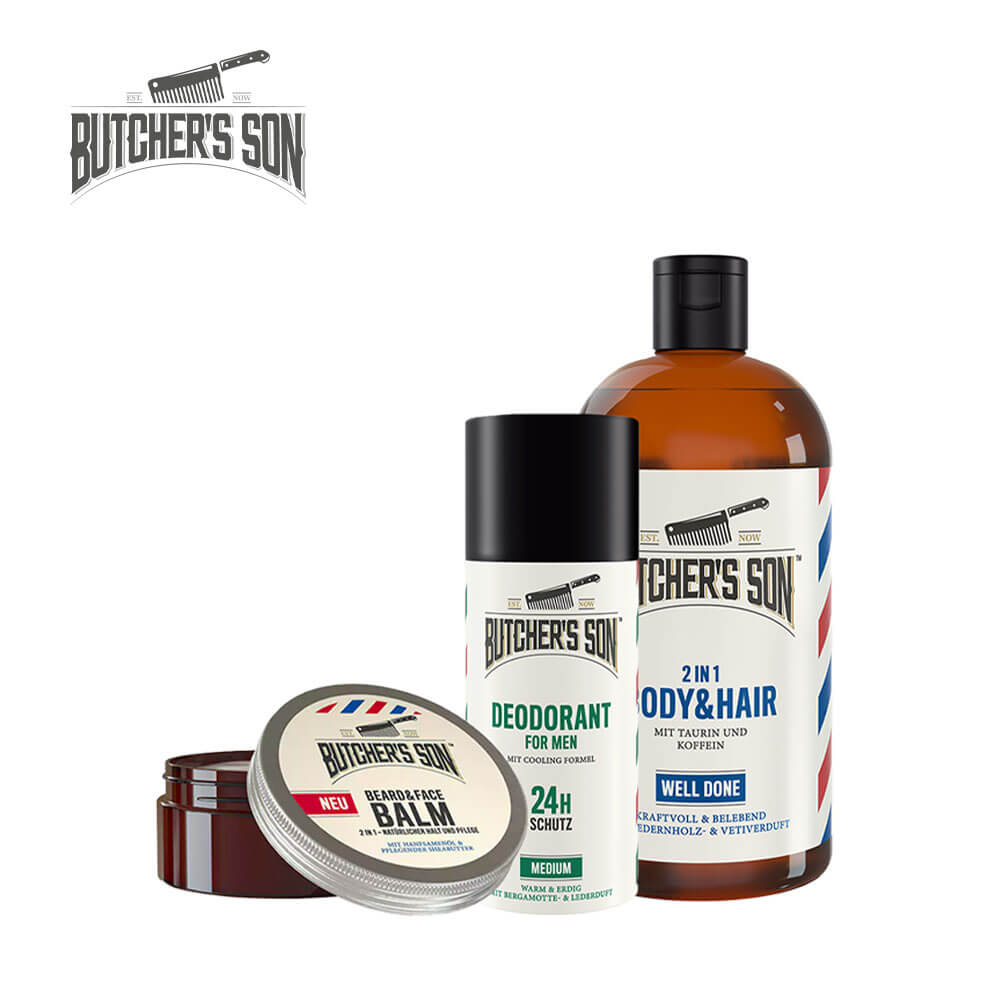

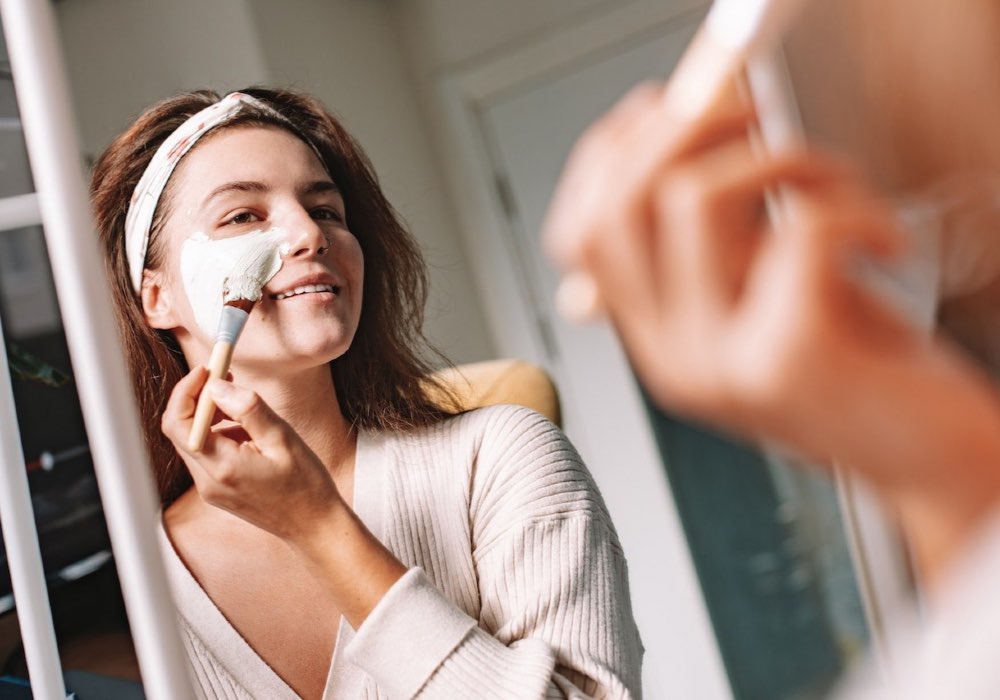
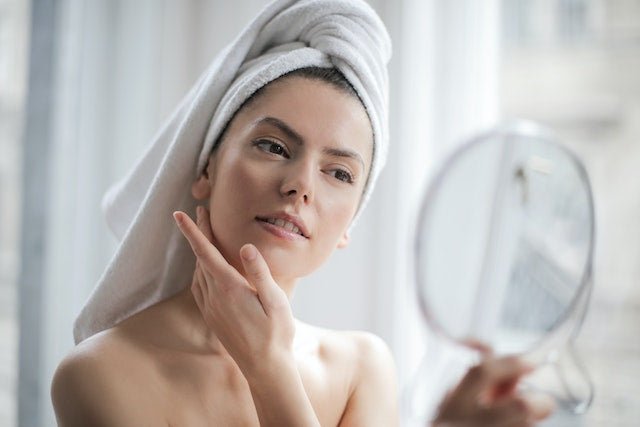
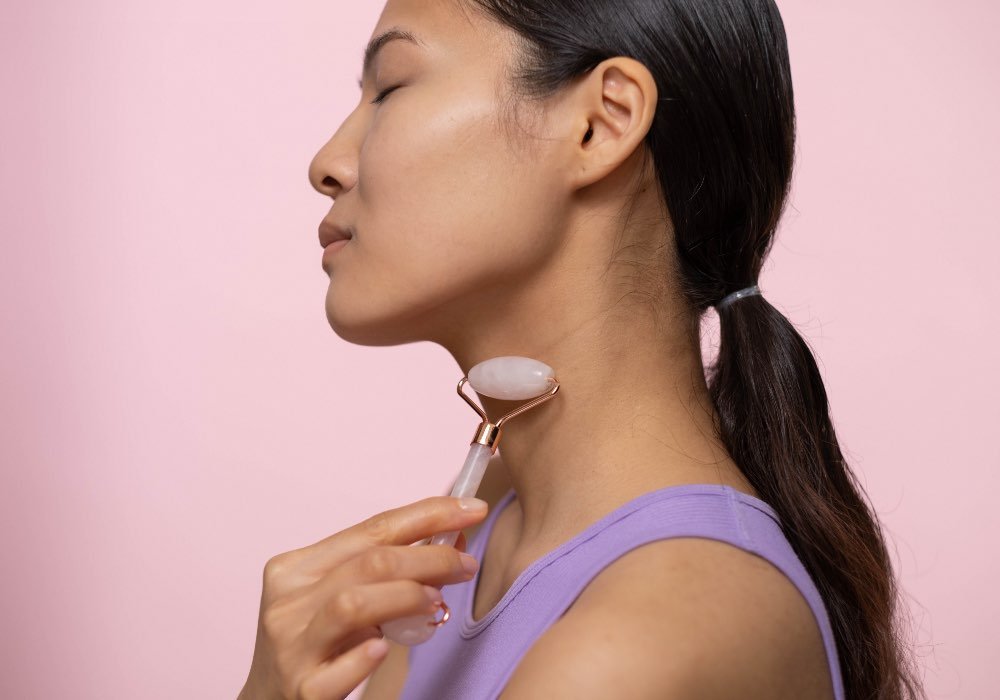
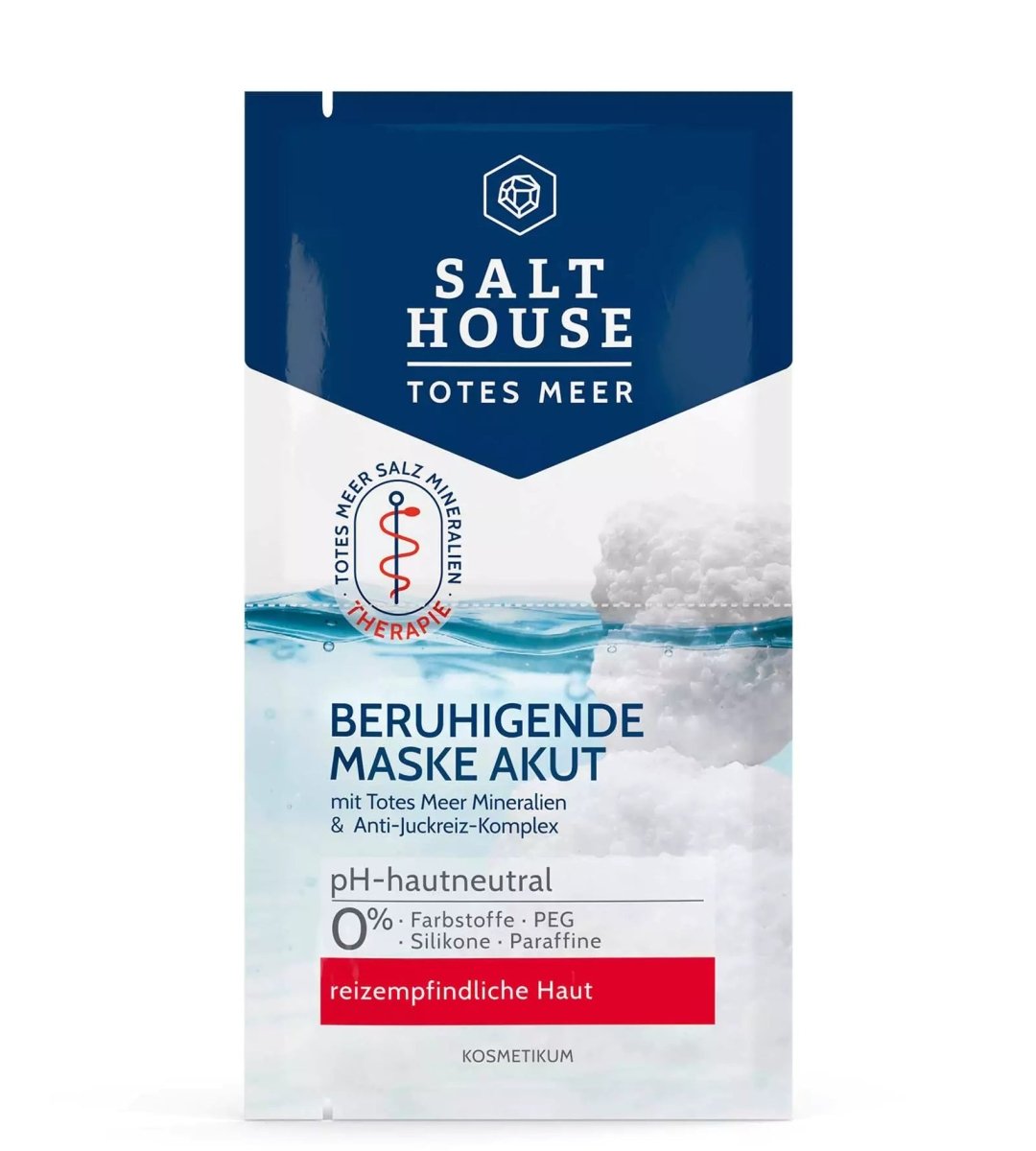

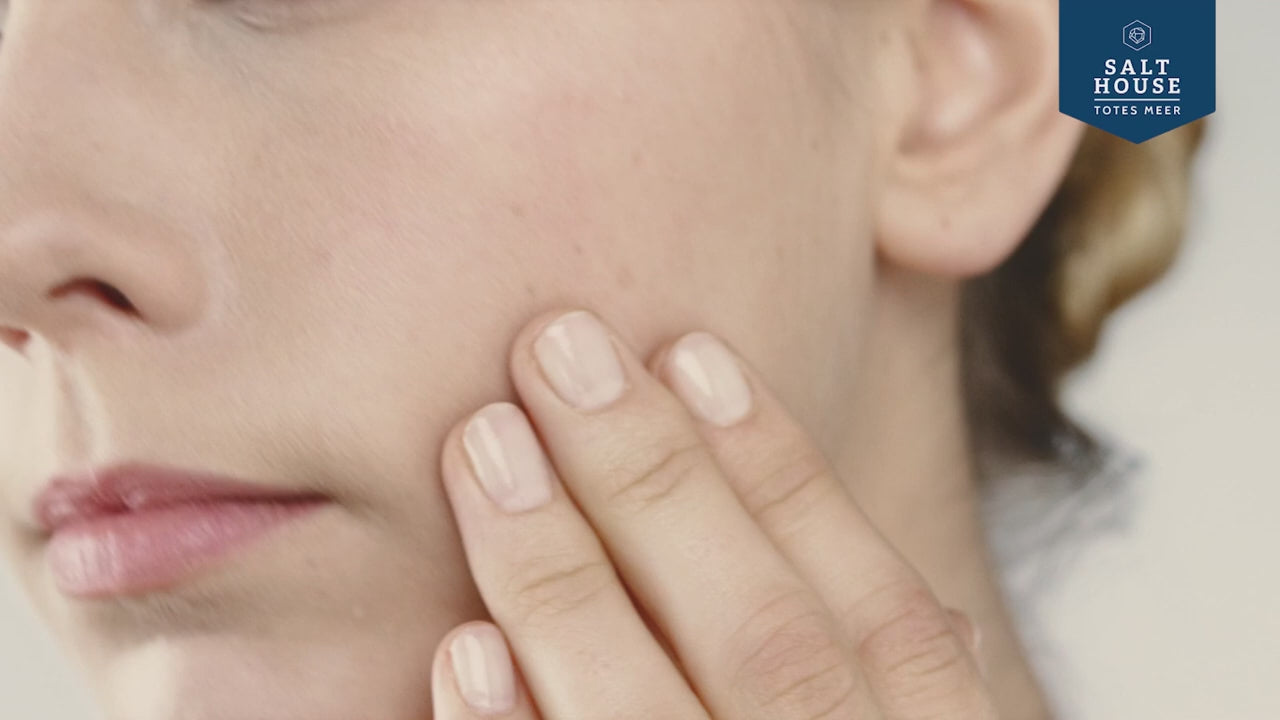
Leave a comment
All comments are moderated before being published.
This site is protected by hCaptcha and the hCaptcha Privacy Policy and Terms of Service apply.